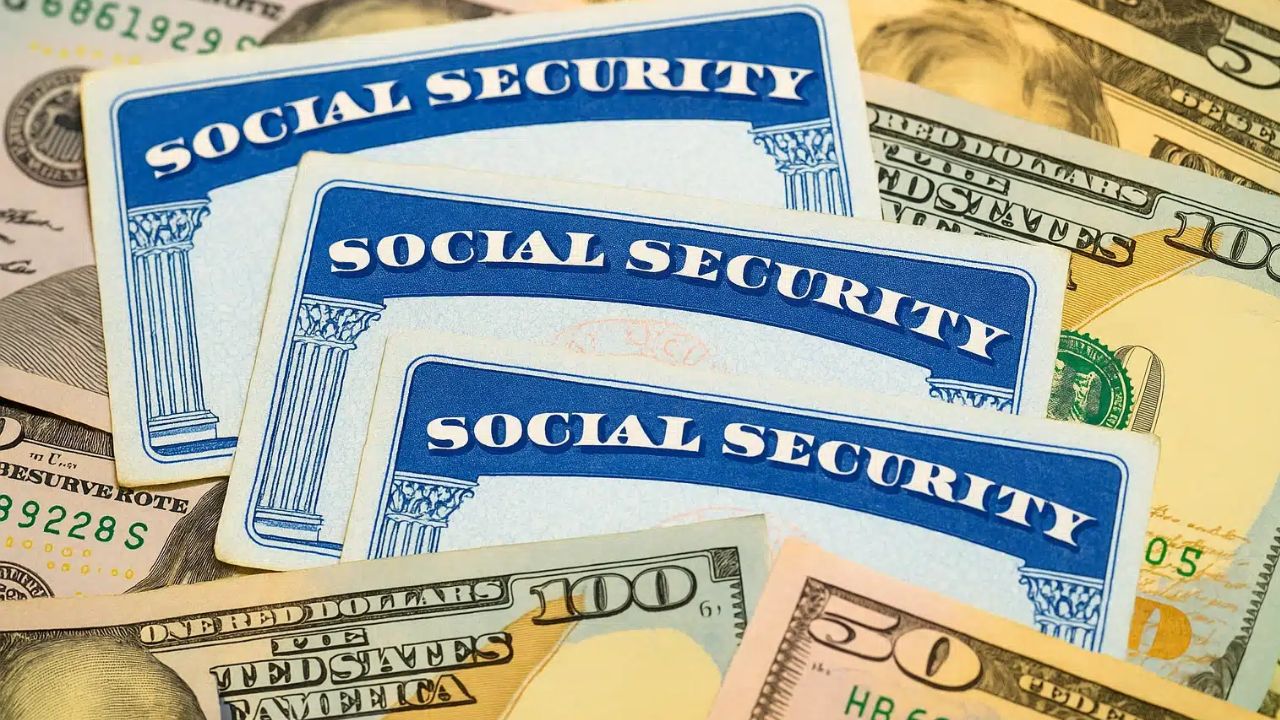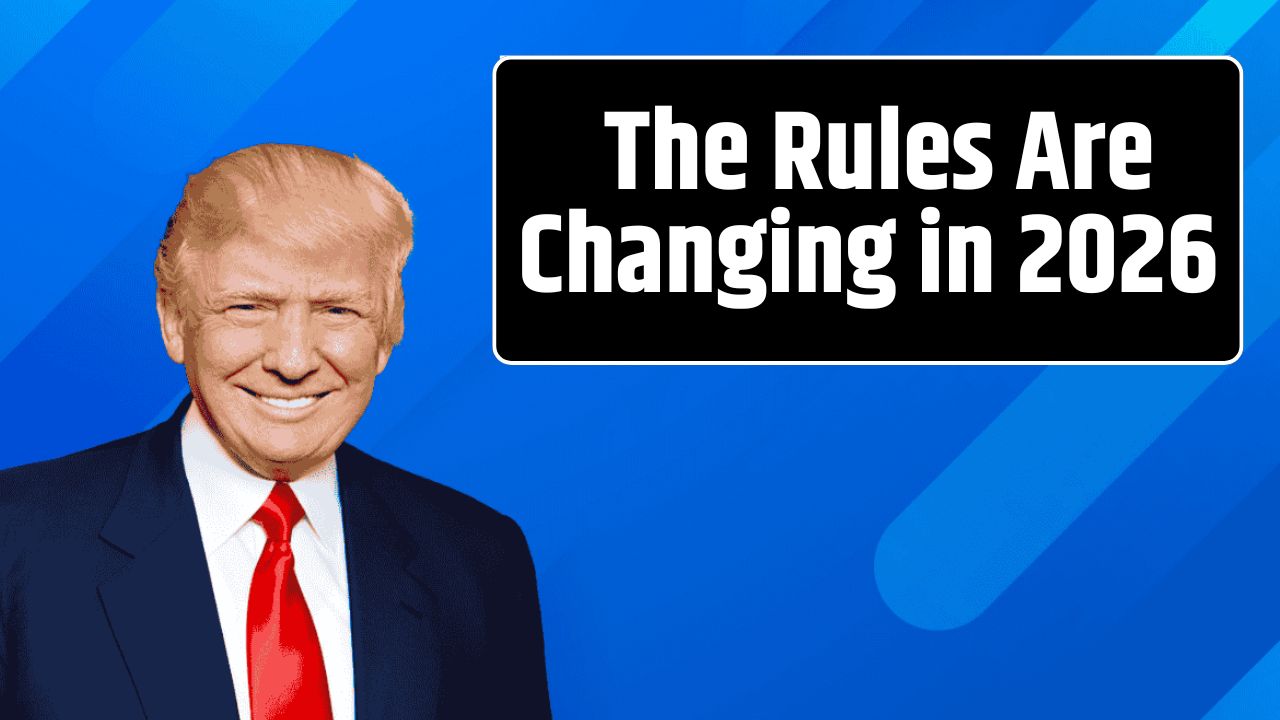Starting November 18, 2025, millions of American workers will notice something they haven’t seen in more than a decade — a meaningful bump in their paychecks. The long-awaited federal minimum wage hike is finally here, marking one of the most significant pay adjustments in modern U.S. labor history. For restaurant servers, warehouse packers, grocery clerks, and home healthcare aides — the change isn’t just about cents on the dollar. It’s about catching up to the cost of living that’s been sprinting ahead for years.
The New Federal Baseline
Beginning October 2025, the federal minimum wage increases from $7.25 to $9.50 per hour — the first raise since 2009. And it’s not a one-time boost. Congress has approved a gradual plan to lift the national wage floor to $15 per hour by 2030, with automatic annual adjustments tied to inflation and productivity growth.
That baseline gives millions of workers in low-wage states a long-overdue raise. Still, for many, state laws will push their pay even higher.
| Category | Previous Federal Rate | New Federal Rate (Oct 2025) | Target (2030) |
|---|---|---|---|
| General Workers | $7.25/hour | $9.50/hour | $15/hour |
| Tipped Workers | $2.13/hour | $5.50/hour | TBD |
| Youth Training Wage | $4.25/hour | $8.00/hour | $10/hour |
According to the U.S. Department of Labor (dol.gov/minimum-wage), roughly 27 million Americans currently earn less than $15 per hour — meaning this adjustment could push up the bottom of the pay scale nationwide.
State-Level Increases
The federal raise sets the floor, but many states are going further. Several have already announced new minimums taking effect this fall or winter:
| State | Previous Rate | New Rate (Nov 2025) | Notes |
|---|---|---|---|
| California | $16.00 | $17.50 | Higher in cities like San Francisco |
| New York | $16.00 | $17.00 (NYC, Westchester, LI) | Regional variation by cost of living |
| Florida | $13.00 | $14.00 | On track for $15/hour by 2026 |
| Washington | $16.28 | $17.25 | Among nation’s highest |
| Texas | $7.25 | $9.50 | First federal alignment in 15 years |
| Oregon, Illinois, Colorado | $13.50–$15.50 | $14.00–$16.50 | Indexed to inflation by region |
In many major metro areas, local ordinances already push the minimum above $18/hour, especially in Seattle, San Francisco, and Washington, D.C.
Tipped and Youth Workers
For industries like restaurants and hospitality — often criticized for low, unstable pay — the update is a game-changer.
- Tipped employees will now earn a base wage of $5.50/hour, up from $2.13. Employers must ensure total pay (wages plus tips) meets or exceeds the federal minimum.
- Youth workers under 20 may still receive a “training wage” of $8/hour for their first 90 days on the job before shifting to the full rate.
The changes aim to stabilize income in sectors where wages often fluctuate wildly with customer flow or seasonality.
Why This Raise Matters
Inflation has quietly eroded purchasing power for decades. Since 2021, food prices have jumped nearly 18%, while rents and healthcare costs continue to outpace wage growth. According to the Bureau of Labor Statistics (BLS), real wages — adjusted for inflation — have barely moved in 20 years.
A full-time minimum-wage worker currently earns about $15,000 a year. Under the new rate, that annual income rises closer to $19,760 — enough to lift some families above the poverty threshold for the first time in years.
Supporters Say:
- It will reduce poverty and strengthen local economies.
- Higher wages can reduce turnover and boost worker morale.
- More money in workers’ pockets means increased consumer spending — especially in small towns.
Critics Warn:
- Small businesses with thin margins could struggle.
- Some employers may cut hours or staff to offset costs.
- Automation could accelerate in low-wage sectors.
To cushion the blow, several states are offering temporary tax credits and transition grants for small employers adjusting to the new structure.
Employer Responsibilities
Businesses must update payroll systems and display updated wage posters by November 1, 2025, as required under the Fair Labor Standards Act (FLSA).
Failure to comply could mean back pay penalties, fines, or even federal enforcement action. Employers can download compliance materials from the Department of Labor’s Wage and Hour Division (dol.gov/agencies/whd).
FAQs:
What is the new federal minimum wage for 2025?
Starting October 2025, the federal minimum wage will rise from $7.25 to $9.50 per hour.
Will all workers get the same raise?
No. Some states and cities already have higher minimum wages, so those workers won’t see a federal change but may receive state-level increases.
What about tipped workers?
The tipped wage increases from $2.13 to $5.50/hour, though total pay (tips + base wage) must equal or exceed $9.50/hour.









